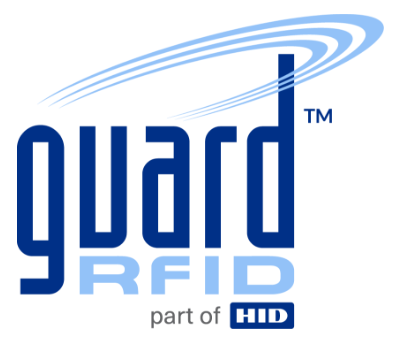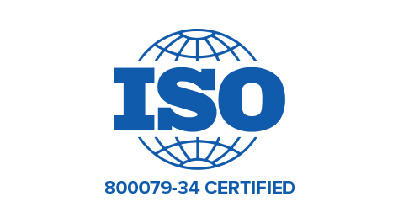Nurses are experiencing staggering rates of workplace violence. Data reported by Press Ganey revealed that there were more than 5,200 assaults against nurses in the second quarter of 2022. According to their National Database of Nursing Quality Indicators® (NDNQI®) the statistics equate to an average of 1,739 assaults in a month, 57 assaults per day, and two assaults every hour. The analysis was based on data from 483 U.S. facilities in the organization’s national database.
The statistics showed that patients are responsible for the majority of the assaults. However, family members, visitors, colleagues and intruders also commit acts of violence against nurses. The highest prevalence of patient violence takes place in psychiatric units and emergency departments, while males make up the majority of assailants. Assaults are defined as any interaction where there is forcible, unwanted physical or sexual contact—whether there is an intention to cause harm or not.
The repercussions of workplace violence
Workplace violence negatively impacts nurses’ desire to stay in the profession, their job performance, and overall professional quality of life. In a 2018 US Bureau of Labor Statistics report, healthcare workers experience five times the rate of workplace violence compared to all-worker incidence. At a time when all industries are recording staff shortages, the incidence of violent assaults in healthcare settings also affects facilities’ ability to recruit nurses.
In addition, there can be financial repercussions for healthcare facilities. In the case of a psychiatric hospital in Coquitlam, BC, the hospital was fined over $646,000 by WorkSafeBC in response to the hospital’s failure to prevent a series of violent attacks against nursing staff.
Nurses commit to the oath of ‘do no harm’ as they care for their patients, and yet endure threats and risk to their own safety. In some healthcare environments, there is even an expectation of workplace assaults. To reduce violence towards nurses, healthcare organizations need to commit to a culture of zero tolerance for harm.
Finding solutions
In response to the high incidence of workplace violence, the Joint Commission created new accreditation requirements for hospitals and critical access hospitals. The framework offers guidelines to hospitals to help them develop ways to prevent and decrease workplace violence against healthcare professionals.
Foremost is establishing the baseline that workplace violence will not be expected nor accepted. Reporting systems, record-keeping and evaluation should be put in place to track incidences of violence, and to measure progress. Clear polices for prevention, response, and post-incident support need to be created, shared with staff, and then followed in a consistent manner. In addition, training and education are key components of a workplace violence prevention program.
Increased security, in tandem with personal safety response systems are also an effective way to protect healthcare providers. Implementing security cameras, metal detectors, and screening of visitors and their bags are all steps that will help protect nurses.
Staff safety alarm systems
A technological solution that addresses workplace violence is the real-time location system (RTLS). Staff safety alarm systems give nurses the ability to call for help if are attacked or feel they are unsafe and being threatened. An immediate response can be made by authorized personnel to protect the person needing assistance.
The GuardRFID Staff Safety Solution has several components that integrate with existing hospital security systems and safety programs. Nurses and other staff wear an ID badge-style personal tag on a lanyard or on their lapel. With the press of a button, nurses can call for help.
When the discrete tag button is pressed, it alerts the GuardRFID AllGuard® software which instantly creates a response. Administrators have the ability to configure the desired response—whether it is a workstation alarm, email, message to a mobile client, CCTV or voice messaging—so that assistance can be dispatched immediately. Two-way communications are also possible, enabling security to let the healthcare worker—and the assailant—know help is on its way.
The GuardRFID real-time location solution allows for accurate visibility of staff in real-time. This feature is critical in order for security to determine the location of the nursing staff requesting urgent support.
With the exposure to increasing instances of violence from patients, combined with the pressures of healthcare worker shortages, nursing staff—especially those in psychiatric units and emergency departments—need the implementation of a multiplicity of policies and systems in order to be, and feel safe in hospitals. Real-time location systems such as the GuardRFID staff safety solution are one tool for healthcare facilities to address workplace violence against nurses.
To book a demo and see how an RTLS solutions can provide a safer work environment for healthcare professionals, visit https://www.guardrfid.com/book-a-demo/.


